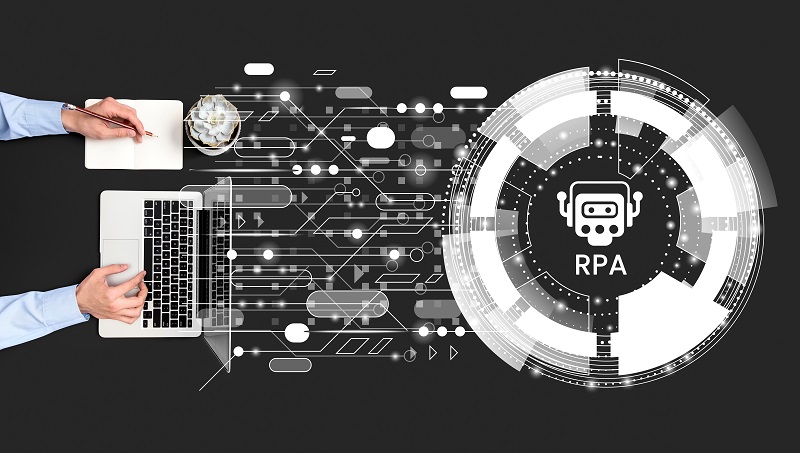 Back
Back
Expert insight: Delivering a fluid customer Journey
Technology-backed service improvements typically deliver a customer experience that feels seamless, faster and familiar. “Familiar” because it reflects the day-to-day life of engaging with Amazon, Uber, online banking services and so on.
With services and pricing so competitive, many organisations seek competitive advantage by kick-starting technical projects related to customer experience. Doing so without any real understanding of the customer journey is unlikely to deliver the desired improvements. The starting point has to be mapping the customer journey.

As you map the journey, note the customer’s expectations, their pain points and those “make or break” touchpoints that define how they feel about your organisation. In this way, you can see what areas need improvement and at which stages technology might deliver benefits. Negative impacts occur when organisations employ technology for technologies sake – feeling pressurised to “digitally transform” without pausing to reflect on what’s truly needed.
Customer journey mapping highlights where service responsiveness, accuracy, knowledge, availability, reliability and so on is lacking. Increasingly, organisations are choosing Robotic Process Automation (RPA) to revolutionise process efficiencies and deliver the very improvements needed. Put simply, RPA is just software (known as bots) that automates a process. For example, onboarding a client, invoicing, searching through files, providing answers to frequently asked questions and so on. By its very nature, RPA provides those levels of response, accuracy, reliability, etc. associated with a superior service experience.

Think about it. Immediate responses to emails. 100% accurate billing. Seamless client on-boarding. Speedy scanning of documents. These are just some examples of what bots can do. Customers don’t need human contact at every stage of the journey. What they do need is for it to be easy and valuable.
Without question, there are points in the journey where a human touch is what is required. Using RPA for the logical tasks liberates your employees to focus on clients that need a human connection. The future holds this combination of human workers and bots delivering the customer experience. Your employees will drive improvements using their emotional intelligence. RPA is a huge opportunity to complement your employee’s abilities to overcome customer hurdles and deliver an experience fit for today’s competitive landscape and the future.

Eileen O’Mahony
General Manager, WM Promus
